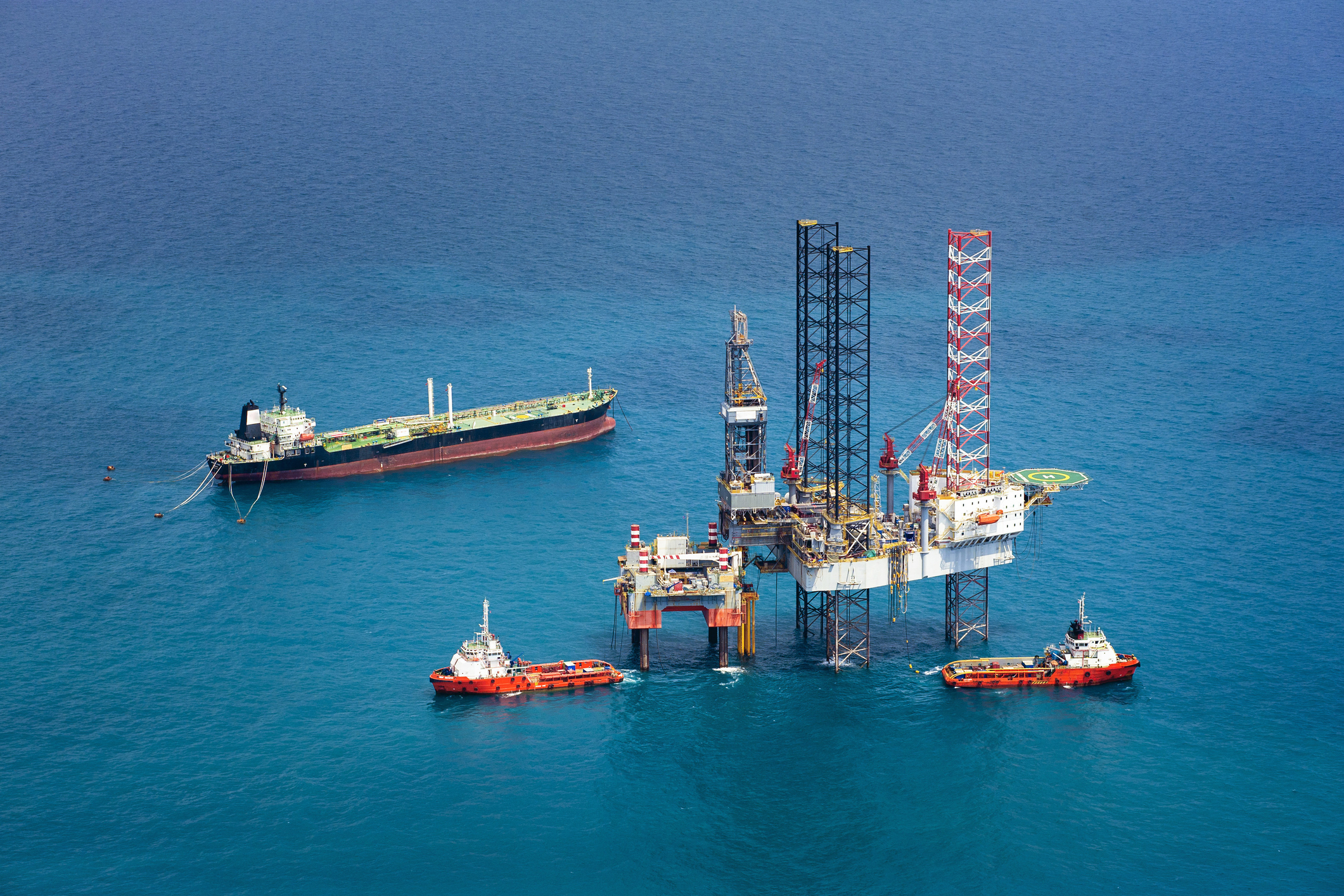The Gulf of Mexico, a region rich in natural beauty and abundant in resources, has long been at the heart of the U.S. energy sector. Encompassing both onshore and offshore areas, the Gulf plays a critical role in the energy landscape. It contributes significantly to the U.S. energy output, with federal offshore oil production in the Gulf accounting for 15% of the total U.S. crude oil production and 5% of the total U.S. dry natural gas production. The importance of the Gulf Coast is further emphasized by the fact that over 47% of the total U.S. petroleum refining capacity and 51% of the total U.S. natural gas processing plant capacity are located at its shores.
Early Exploration & Discovery
The history of oil and gas production in the Gulf of Mexico is a story of the 20th century, marked by technological advancements and a growing understanding of the Gulf’s geological landscape. Initial exploration of oil in the region, primarily on land, began in the early 1900s. It wasn’t until the late 1930s and early 1940s that companies began to venture offshore, driven by the increasing demand for oil and advancements in drilling technology.
Before it hit the Gulf, the journey of offshore oil and natural gas exploration in the United States began in the late 19th century in the Pacific Ocean. The first foray into offshore drilling was in 1896, off the Santa Barbara Channel in California. A 300-foot pier was constructed, and by 1897, the first offshore well was operational, producing oil for the next 25 years. This early venture spurred further development, with 22 companies erecting 14 more piers and over 400 wells in the following 5 years. These early explorers were guided by the natural seeps of oil in the water, hinting at the riches lying beneath the ocean floor.
The Gulf of Mexico’s offshore oil story began in earnest in 1938, marking a significant shift in exploration techniques and technology. Pure Oil and Superior Oil companies worked together to construct the first offshore well in the Gulf—a freestanding drilling platform about a mile off the coast of Creole, Louisiana. This innovative structure, designed to withstand extreme weather conditions, laid the foundation for future offshore exploration and extraction methods. It stood in shallow waters, about 14 feet deep, a significant advancement from the earlier offshore drilling methods that relied on extensions from the shore.
The design and construction of this well were revolutionary for its era. It featured a freestanding wooden deck, sizable at 320 feet by 180 feet, and was engineered to withstand the harsh conditions of the Gulf, including winds up to 150 miles per hour. The platform’s elevation, about 15 feet above the water, coupled with its foundation of 300 treated yellow pine pilings driven deep into the sandy seabed, promised to ensure stability and resilience against the challenging offshore environment.
The Offshore Boom: Expansion & Challenges
After constructing the Gulf’s first offshore well, the real turning point came in 1947 when Kerr-McGee Oil Industries, along with partners Phillips Petroleum and Stanolind Oil and Gas, drilled the first successful offshore oil well out of sight of land. This well, known as the Kermac 16, was located off the coast of Louisiana in the Ship Shoal Block 32 field, about 10 miles offshore. It marked the birth of the modern offshore oil and gas industry and set the stage for a new era in energy exploration.
By the end of 1949, the Gulf of Mexico had emerged as a major oil and natural gas-producing region, with 11 fields and 44 exploratory wells. This rapid development was not only a technological marvel but also led to a significant economic boom, with oil production becoming a major revenue generator for the United States, second only to income taxes.
During the 1950s and 1960s, the Gulf of Mexico’s oil and gas industry grew even more. An intense expansion of offshore drilling activities marked this era. Driven by the demand for oil and the allure of untapped underwater reserves, companies developed new drilling technologies capable of reaching deeper waters, significantly surpassing the capabilities of the initial shallow-water rigs.
Alongside these technological advancements, the oil and gas infrastructure was substantially expanded within the Gulf. New platforms, pipelines, and support facilities were established, creating an extensive network that was crucial for the efficient extraction, transportation, and processing of oil and gas. However, this period was not without its challenges. The Gulf of Mexico is notorious for its hurricanes, which present significant risks to offshore operations. Additionally, the logistics of supporting remote operations were complex, and the unique geological landscape of the Gulf’s seabed required specialized exploration and drilling techniques.
By the late 20th century, the Gulf of Mexico was at the forefront of a technological revolution in the oil and gas industry. The industry achieved remarkable feats in drilling, with wells reaching depths of 7,625 feet. The advent of advanced drilling rigs was a game-changer. These rigs, capable of operating in extreme conditions, enabled operations up to 250 miles offshore, in ocean depths exceeding 10,000 feet, and could drill an additional 28,000 feet below the seabed. This increased the production capacities and opened new areas for exploration. Vast regions of the Gulf, previously considered unviable due to their depth, were now potential hotspots for oil and gas extraction.
Today, the Gulf of Mexico remains the nation’s primary source of oil and gas offshore, generating approximately 97% of all Outer Continental Shelf production. As we look to the future, the Gulf continues to evolve. The push for renewable energy and the challenges of climate change are shaping new narratives in the region. Yet, the Gulf of Mexico’s role in the energy sector remains undiminished, a symbol of both historical achievement and future potential in the dynamic world of energy production.
Copyright : https://gcaptain.com/spotlight-on-gulf-coast-oil-gas-production-1938-to-today/


